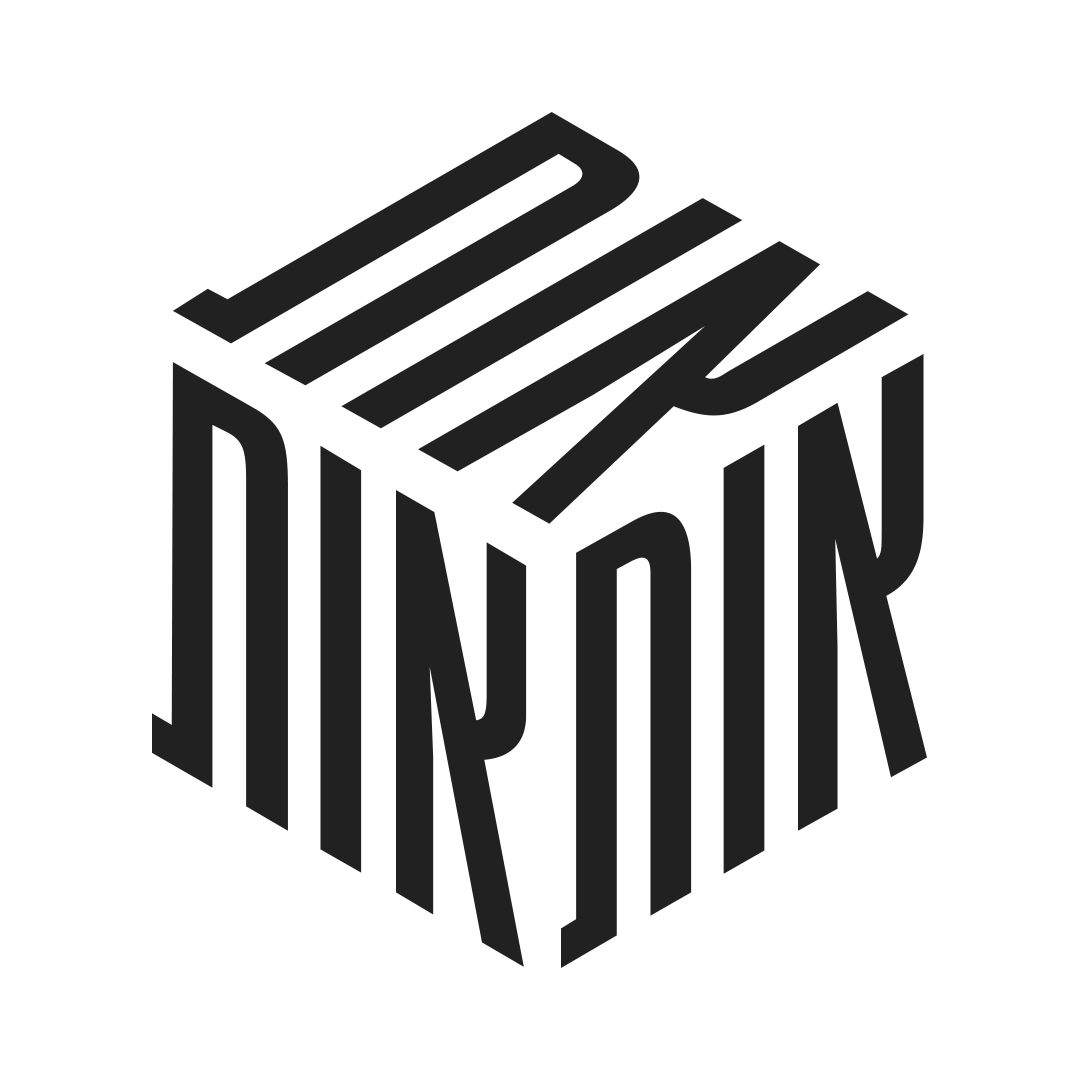Nowadays, when we want to describe the line which extends upwards from the base of a Hebrew letter, we call it an “arm.” A small line extending from the tip of a letter we call a “stinger” or a “tag.” The first person to identify, designate, and define these components of Hebrew letter design was the renowned Israeli paleographer Ada Yardeni, in her book “Sefer HaKtav HaIvrit” (‘The Book of Hebrew Script’), first published in 1991. But Yardeni’s accolades extend beyond her academic writing– she is well known for her graphic work, including font design such as her well-known font “Ada”.

Ada Yardeni
In December 2017, the world of Israeli archeology was rocked by news of a revelatory ostracon discovered at Tel Arad, in the northern Negev. On the occasion of this discovery, I reached out to Ada to arrange a short interview over the phone. She gladly accepted, and shared the story behind her eponymous font, and her influential book written during the same period. She dispensed her wisdom on the field of paleography, on how the Hebrew we know today came to be, and even shared her predictions for the future of the Hebrew letter.
So what led to the creation of “Ada”?
In truth, I created “Ada” before I even began studying paleography at the Hebrew University. During my studies in the graphics department at Bezalel Academy in Jerusalem, I would make painted posters for local retailers, and I worked for Elyahu Koren during the publication of the "Koren" bible. I helped design the nikkud of the biblical text and other design projects related to the font “Koren.” In effect, I learned from Koren just about everything I know, thanks to his stern and meticulous teaching style. Corrections were a crucial step in his view. He taught us how to slice the letters on the printed sheets of Hebrew bible text with a surgeon’s precision, and to correct printing mistakes with careful pasting on letters, in a way that the incision would hardly be visible.
At a certain point, after I finished working for Koren, I wanted to develop my own signature typeface. I settled on the brushwork letters I had created for the advertisement posters. Of course, this was a process full of experimentation, sketches, and revisions. I still remember how I had the painted characters photographed at Warsch’s zincography, and then brought the film to Keter publishing house. There, a certain man named Frumkin prepared them for a monotype caster. I gave the font my name. And then “Ada” was entered into Keter publishers’ catalogue of fonts, in various weights.
What other projects did you work on during that period?
Over the years I began to work more on calligraphy– I would write wedding Ketubot, certificates, and the text of books as an alternative to printing. One example of these books was “Agadat HaOtitiot” (‘legend of the letters’) written by Miriam Yalan-Shteklis, as well as some children’s books written by Yehoshua Biber, and a few Passover haggadot. Today, with the easy access to stunning fonts online, few write books by hand anymore.

The book of Hebrew Script by Ada Yardeni.
Did you create any other fonts with a style similar to “Ada”?
Yes, I designed a few fonts. The first was “Ada”, and after that came “Dafna” and “Refael,” and my last was “Chagit”. I always wanted to design a font that would replace Frank-Ruehl in newspapers, but maybe that was too lofty a goal.
Speaking of timeless fonts, a few months back, thanks to newly developed technology, a new inscription was discovered on an ostracon (pottery shard), originally unearthed in the 1960’s at Tel Arad…
Yes, I heard about this discovery. The photography technology they used revealed the text inscribed on an old ostracon from Tel Arad, written in Paleo-Hebrew script– Da’atz script. Hebrew users abandoned this script during the Babylonian exile (c. 586 BCE) in favor of Aramaic script, the official script of the Persian empire. From these Aramaic characters developed the Hebrew script we know (the “Judean script”, i.e. from Judea). This is the script we use today. Da’atz went out of use completely amongst Jews in the period after the Bar Kochba revolt (135 CE). Only the Samaritans maintained the script, and they continue to write in a modern form of it to this day. My next book will engage with the history of Paleo-Hebrew script. The Aramaic script was used throughout the Persian empire– “from India to Ethiopia,” as the Book of Esther says– as a form of international communication. After the fall of the empire, numerous local script styles developed out of Aramaic, among them the Judean and Nabataean scripts, from which Hebrew script came about.

Font "Ada", source: Bezalel catalog.
Today, when we look to give a name to the components of the Hebrew letter, our vocabulary is largely based on the terms you coined in “The book of Hebrew Script”. Was writing the book part of the publication of your doctoral dissertation?
Not exactly – my dissertation dealt with manuscripts of parabiblical texts and related texts found in the Judean Desert. Following the archeologist Yigal Yadin’s death, I got to work on the materials held by his estate, and I published some non-literature portions of the Judean Desert documents in both Hebrew and English volumes. It was a great honor. For fifteen years I poured over documents written in cursive, trying to decipher the script and letters. Some of these papers were letters written by Bar Kochva, or were part of the Babatha archive. I would copy down the source text and go over each letter, and then trace their shape and structure. In that time, there was no machine, computer, or photoshop to allow you to enlarge the letters as you can today. Actually, even today, there is yet to be invented a machine which can morphologically depict handwritten letters. In “The book of Hebrew Script,” I put forward a method of comparative analysis between handwritten letters, but as of now, there is no one will translate the method into a computer program.
I remember writing “The book of Hebrew Script” during one of the wars, when we were forced to stay in our homes. I coined the names for the terms myself– some of them I borrowed from related terms in Latin, while for others I was assisted by existing terms from the Jewish tradition, such as the “tag”. Interestingly, I’ve found that there are those who call the elements of letters by terms originating in architecture. If I came from the world of engineering or architecture, perhaps I would have based my terms on the terminology used in this sphere, but my background is in the field of graphics and paleography.
What exactly is “paleography”, and what differentiates it from typography and epigraphy?
Typography deals with the arrangement of text in print, such as in books and on documents. Epigraphy relates to handwritten inscriptions, from the Greek epigraphē, meaning ‘inscription’. If epigraphy is interested in the “what” or handwritten texts, then paleography is interested in the “how”. Epigraphers examine the script and its development from a graphic perspective.

Ada Yardeni. Photo credit: baslibrary.org
So what do paleographers look for when they examine manuscripts?
When I look over manuscripts, I look for the direction of the letters’ strokes, which varies depending on the tool used for writing or engraving. In general, changes to the characters that make up a language occur gradually. One particular example I cite in The book of Hebrew Script is the change in the leftward or standalone guideline strokes of the seven letters which are traditionally ‘crowned’ with three ‘tags’ in the shape of the letter Zayin (ש׳ ע׳ ט׳ נ׳ ז׳ ג׳ צ׳). Certificates from the first century CE attest that the tradition of this seven-letter group was yet to fully crystallize. But by the seventh and eighth centuries CE, one can already see how these letters were represented as distinct, distinguished by the extra decoration they received when compared to other letters. This wasn’t a matter of following biblical prescriptions, but rather a reflection of these eras’ customary rules for the writing of holy texts. In other words, the later interpreters of these rules were not familiar with the original form, since it likely wasn’t available to them, and so they created artificial forms without a resemblance to the original.
Paleography deals specifically with the form of scripts, but it’s hand-written letters which often drive changes in the structure of characters. Are we in for any major changes to the form of Hebrew letters– given that the bulk of writing today is done through typing and printing?
A few years back, I stopped by the legendary Grafus print shop in Jerusalem, and while I was waiting I snuck a peek at the work of a certain student from Bezalel. She was given an exercise, in all likelihood, to design a new style for the letters of the alphabet, and had come to take scans of her work. I was struck by how interesting and creative her design was. Changes are inevitable. But the ones I appreciate most are the changes that respect the fundamental structure of the Hebrew letter, and give life to new, exciting styles.
Translated by Jacob Rivkin

